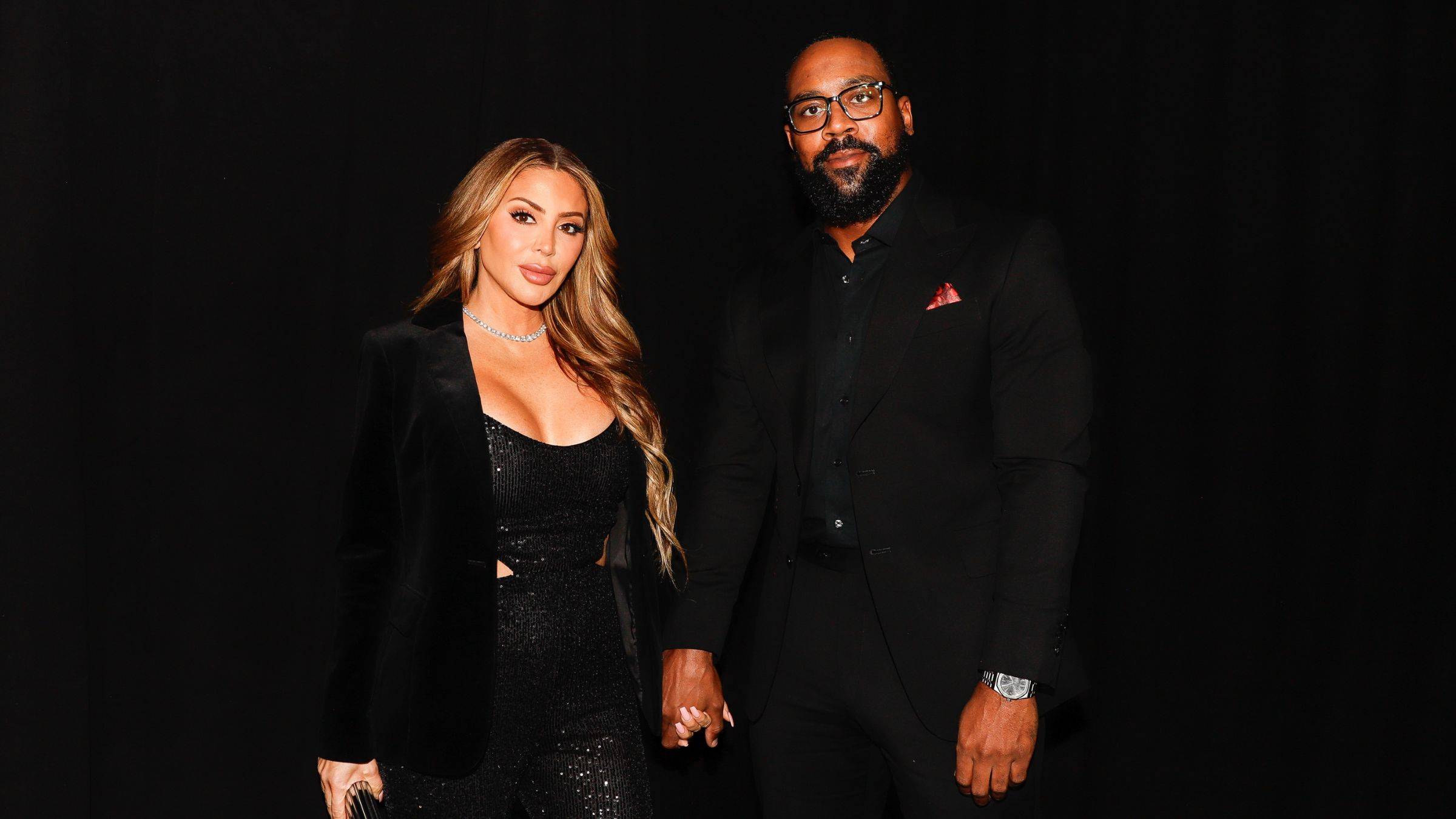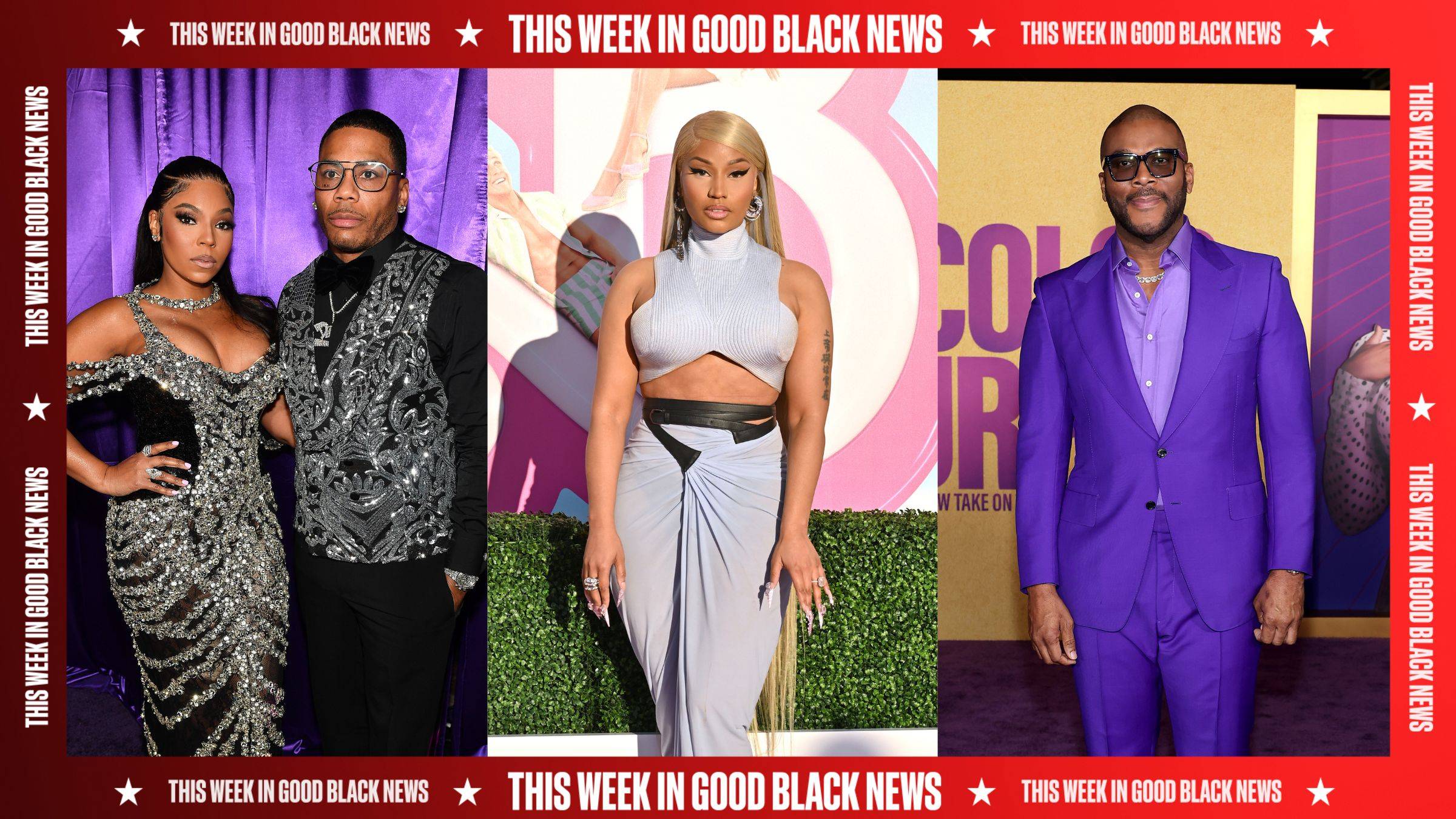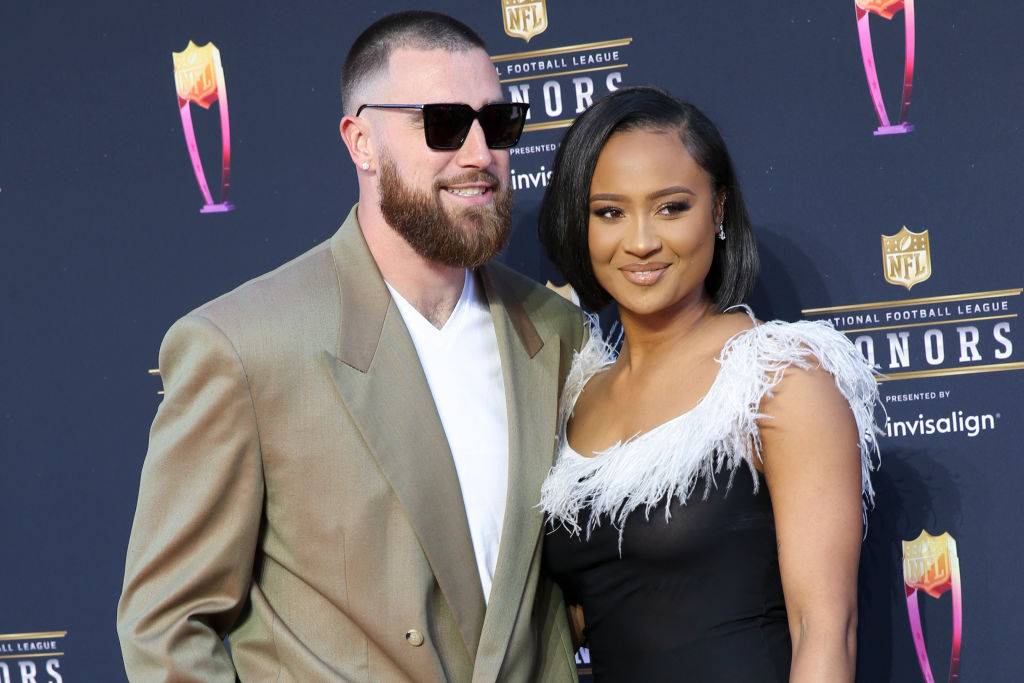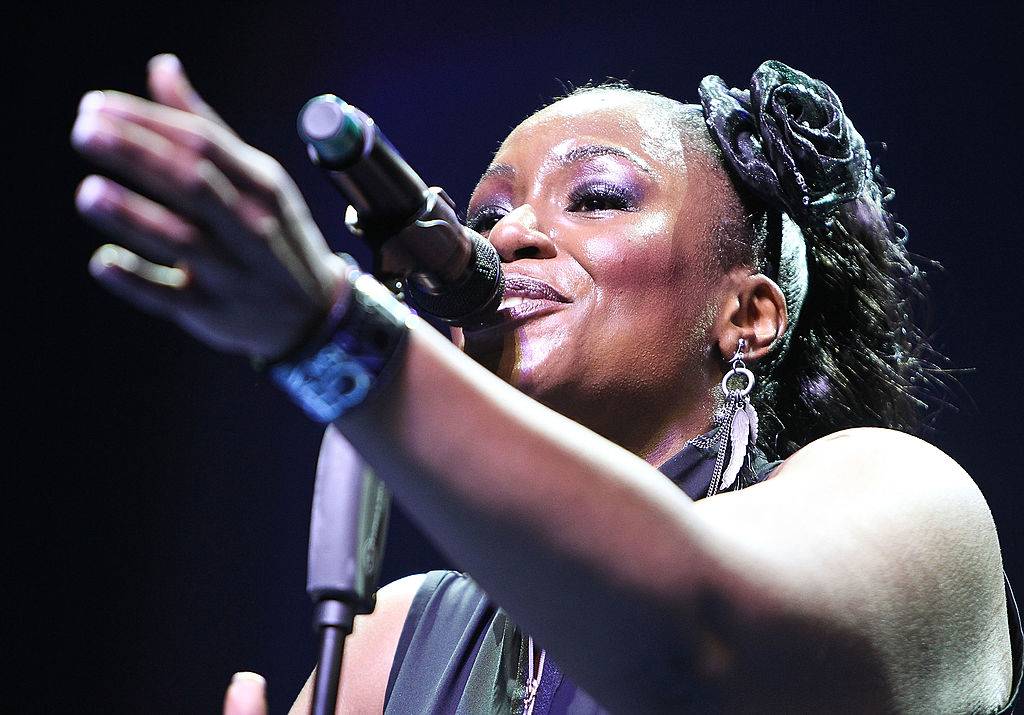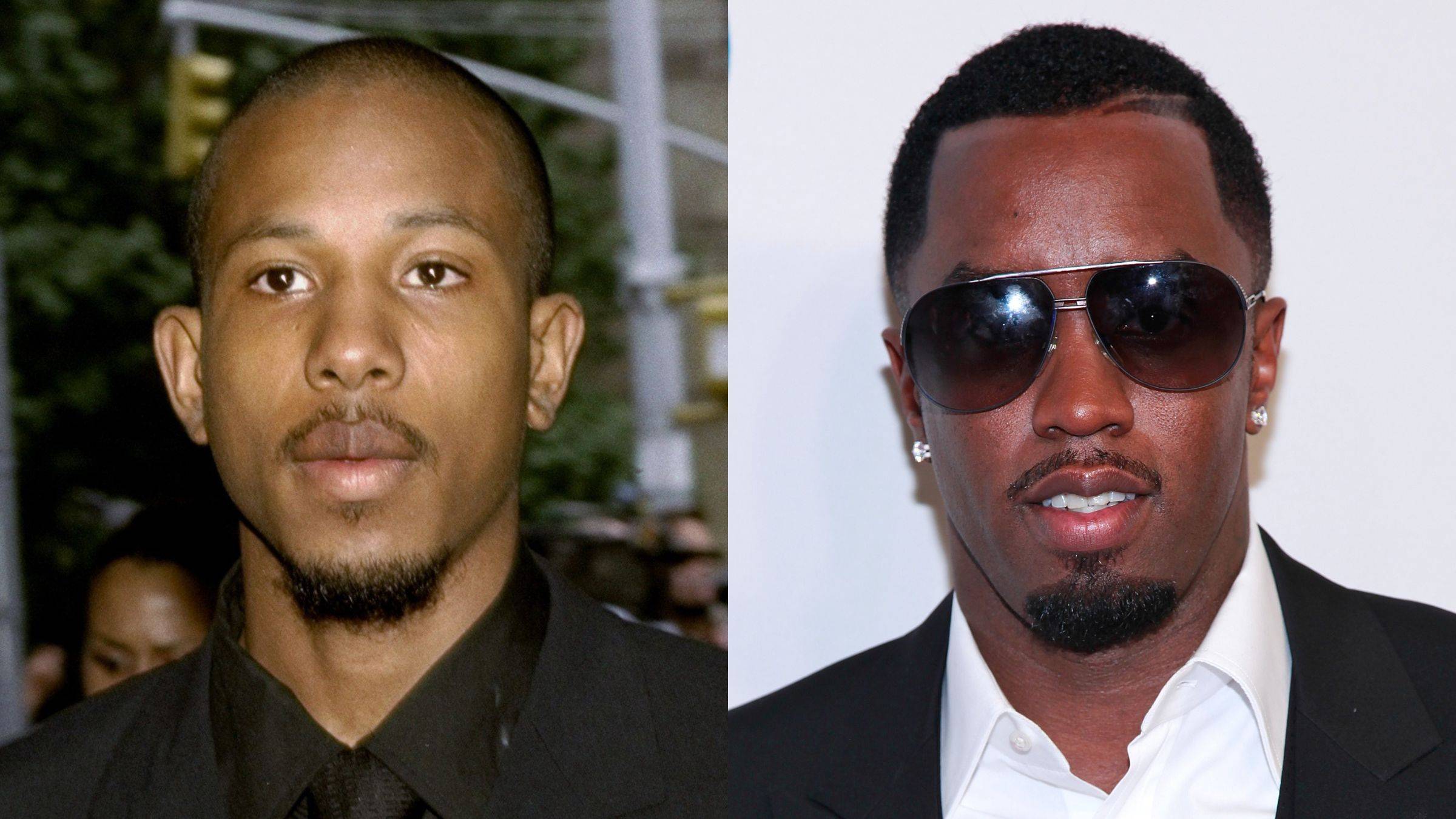HBCUs Saving Themselves With Non-Black Students

All the way back in 2006, Marc Lamont Hill noted that historically black colleges and universities — HBCUs, to those in the know — are “on the decline.” “Between 1995 and 2004,” Hill wrote, “26 of the 87 Black schools profiled by the United States Education Department experienced declines in enrollment.” And with declines in enrollment come less money and prestige. Spelman and Clark Atlanta University have both laid off dozens of faculty members in order to mitigate budget shortfalls. Tennessee State cut teaching positions and scholarship money. And in 2009, things got so bad at Atlanta’s Morris Brown College that the school had to beg at a last-minute fundraiser to pay its water bill. Recently, an Atlanta church helped Morris Brown to pay off an outstanding government debt.
Let’s be clear — in no uncertain terms, HBCUs are in trouble. Because of their tremendous historical significance, however, not to mention the good many of them still do, a lot of people are loath to let them die without a fight. In an economy this difficult, that’s going to be an uphill slog, but it’s not impossible if people get creative. And one way they’re getting innovative might prove to be quite controversial: by courting non-Black students.
In a new article in the Wall Street Journal published Wednesday, HBCU recruiters discuss just how far they’re going to maintain solvency with non-traditional HBCU students:
“Some black colleges are stepping up recruiting at mostly white or Hispanic high schools and community colleges. Delaware State University is bringing 100 Chinese students to its Dover campus this fall for cultural and language training. Other colleges are showcasing unique programs. Florida Memorial University in Miami Gardens promotes its chorale, which backed Queen Latifah in the 2010 Super Bowl, for example.”
It might surprise many people to find out that only about 80 percent of HBCU students are African-American. Almost 8 percent are white, and almost 3 percent are Latino. The non-Black students may feel a bit odd at first, but many learn to like their HBCU. One Latina who matriculated at Paul Quinn College in Texas said her school taught her that “it doesn't really matter if you're Hispanic or any other race.”
Paul Quinn’s president, Michael Sorrell, says he doesn’t think his school has given up on the goal of saving HBCUs by reaching out to white, Latino, and Asian students. He told the Journal that his school is still a “beacon of light” for those in need, but the difference is that he “doesn’t assign a race” to who is in need.
If this sea change at HBCUs upsets you, don’t let it. The nation’s black schools aren’t selling out by letting others in; rather, they’re granting other people in search of an education the opportunity to buy in. Does that mean that the HBCU culture might shift slightly? Certainly. But isn’t that a lot better than losing HBCU culture entirely to the debt collectors?
(Photo: Morrisbrown.edu)
